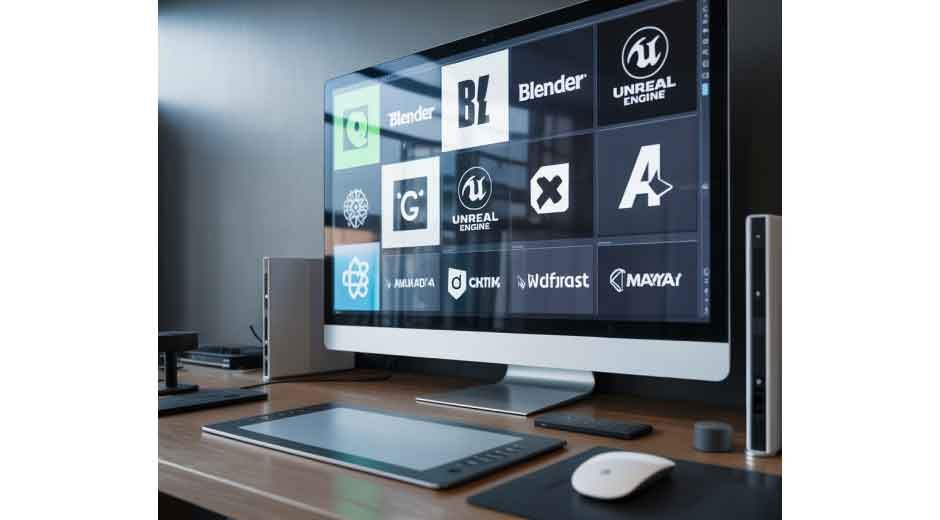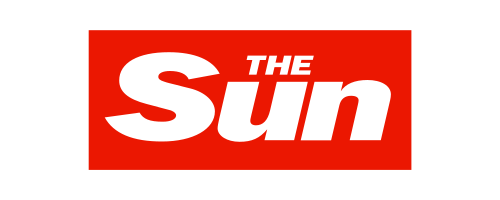Skip to the good bit
ToggleA blender spinning in a corner, a renderer running overnight, and a team waiting for endless previews – those days are being buried under the rise of AI-powered workflows in 3D product animation agencies. This is a quiet revolution that is already reshaping pipelines for speed, creativity, and precision.
An adaptation to AI by a 3D product animation agency enables them not only to save time but also to function as labs for cutting-edge creative experimentation, which allows them to transform pitches into interactive animations far more quickly than their competitors can even open project files.
Clients want faster delivery, hyper-realistic detail, and cost-effective processes. Agencies that don’t adopt these AI tools in 2025 will find themselves outpaced by those who do, losing projects and clients eager for cutting-edge visual storytelling.
Let’s break down the AI arsenal that will redefine 3D product animation agencies this year.
How AI Is Powering Concept Art for 3D Product Animation Agencies
Concept art is no longer a rough 2D sketch phase, dragging timelines. Many ask, what is concept art in the context of 3D product animation agencies today? It’s the seed that defines a brand’s visual storytelling and becomes the backbone for 3D workflows.
AI-powered concept art generators, such as Midjourney, Adobe Firefly, and DALL·E 4, are now staples in a 3D product animation agency’s toolkit. These tools can generate product concept variations in hours, not weeks, giving clients multiple directions before moving into modeling.
This efficiency means your 3D product animation agency can pitch interactive AR product demos or explainer videos with finalized visual direction, gaining client trust and faster approvals.
AI in 3D Modeling
While building a 3D model manually requires craftsmanship, AI can now generate base meshes and UV maps, saving time during the early, tedious phases of work. A 3D product animation agency can rapidly transform sketches and images into 3D models using tools like Kaedim and Luma AI.
A watch design sent by a client in the morning can be ready for material previews by afternoon, making your 3D product animation agency appear as a creative powerhouse while using AI quietly behind the scenes.
Pairing these tools with AI retopology systems ensures models are animation-ready, preserving clean geometry while reducing file sizes for real-time rendering pipelines.
AI Texturing and Material Creation
Spending days in Substance Painter to create micro surface detail is a thing of the past. Now, PBR textures, polycam, and AI-powered texturing tools like Adobe Firefly can create complex patterns and PBR textures easily.
Now, a 3D product animation agency can showcase multiple look dev versions for approval, effortlessly creating hyper-realistic leather, brushed metal, and fabric variants that comply with brand guidelines.
This also allows agencies to tailor materials for different product variants across campaigns without creating new textures from zero, maintaining consistency across animations, AR previews, and e-commerce content.
AI-Assisted Animation
Animation is where AI is cutting timelines in half for 3D product animation agencies. With Cascadeur and Kinetix, animators can easily generate smooth and realistic product animations, aided by AI-driven rigging and pose automation.
This is vital for an agency specializing in 3D product animation, as well as interdisciplinary technical animations for product mechanisms, demos on wearable devices, or explainer videos, since complex rigging animation tends to consume significant resources of both time and money.
With these AI-powered solutions, it is possible to iterate through an entire client’s feedback on camera angles, pace of movement, simulations, and other elements seamlessly, delivering breathtaking outputs in record time.
AI in Rendering
In many animation studios, traditional rendering workflows tend to slow things down more than one might think. A 3D product animation agency will heavily adopt AI-infused rendering technologies, such as NVIDIA’s DLSS and OTOY’s RNDR, to significantly reduce render times while retaining the necessary level of photorealism.
Agencies create 3D product animations that undergo numerous adjustments for a given scene, particularly concerning lighting and materials. With the advent of AI neural rendering techniques, they can now do so with clients during video calls, which eliminates countless rounds of revisions.
The AI-enhanced real-time rendering is not only a mark of progress but also a new benchmark for competition, as it enables agencies to create AR-ready assets, immersive 3D demos, and responsive product animations that transition seamlessly between resolutions and platforms.
AI-Driven Camera and Lighting Assistance
Now, AI tools like Kognitos offer the ability to predict the optimal paths for cameras, suggest angles, and even offer lighting solutions based on the materials of the products.
For a 3D product animation agency, this translates to the capability of executing complex cinematic sequences with automated, brand-compliant lighting that amplifies the animation’s emotive appeal while saving time on manual configurations.
Picture being able to produce multiple lighting variations for a single product and dash mood ads around just to see which one “clicks.” This would allow the agency to offer a fully integrated visual strategy to its clients within days, enabling clients to think of rather low budgets as high value.
AI-Powered Voiceover and Sound Design
A polished 3D product animation agency knows visuals alone aren’t enough. Brand voice and crisp sound contribute to both the emotional impact of the animation and its brand story, making them feel alive in a cohesive manner.
With tools powered by AI coming into play, agencies can now rely on applications like Descript’s Overdub and Adobe Podcast to incorporate human-like voiceovers into their animations, enabling them to match the brand’s tone seamlessly.
Need a young, energetic voice for a sports product animation or a calm, authoritative tenor for a medical device showcase? AI voice tools deliver these variations within minutes, ready to sync seamlessly with animations.
In addition, AI sound design tools like Endlesss and Soundraw help agencies create background music and sound effects tailored to the animation’s pacing and product identity, eliminating generic stock audio and aligning the audio perfectly with camera cuts and movements.
Final Word
For a 3D product animation agency looking to excel in 2025 and beyond, not embracing AI will lead to total creative stagnation, but harnessing it will provide the quickest route to unlocking newfound creative possibilities, shortening delivery timelines, and enticing top-tier clients.
From concept art generation (yes, still answering what is concept art in a modern AI-driven context) to AR integration, voiceovers, animation, and client-facing previews, these AI tools allow your agency to deliver more with less friction, positioning you as an industry leader.
Clients want agencies that can keep up with fast-paced launches and deliver visually captivating stories across platforms. If your 3D product animation agency is ready to embrace AI, you’re not just keeping up, you’re setting the pace.







